Beaumont Palace Marker
A hidden plaque is the only reminder of the lost palace where two storied English kings were born.
A small stone plaque almost hidden behind a green hedge is, together with the name of the street it stands on, all that reminds passersby today about a royal palace that once stood here. It wasn’t just any palace, either—it’s where two famous English kings were born.
The palace was built on the orders of Henry I, the youngest son of William the Conqueror, around 1130, soon after Henry built a hunting lodge in Woodstock seven miles to the north (approximately where the Blenheim Palace now stands). The King’s Houses, as the Beaumont Palace was then known, stood just outside the city and consisted of a hall, several chambers, and two chapels.
Henry I died in 1135, and none of his direct descendants managed to become a new ruler. But his grandson, Henry II, became the king in 1154. While he spent some time with his mistress(es) in the hunting lodge in Woodstock, his wife, Eleanor of Aquitaine, gave birth in Oxford to the future Richard the Lionheart in 1157 and to the future John, King of England (dubbed John Lackland), who is known for his signing of Magna Carta in 1215.
John’s grandson, Edward I, was the last king who lived in the Beaumont Palace. In 1275, he presented the palace to an Italian lawyer named Francesco Accorsi. But the palace’s grandeur was not meant to last. In 1308, Oxford sheriffs were granted permission to use bricks from the palace to repair the Oxford castle. In 1318, Edward II, after escaping the Battle of Bannockburn unscathed (which could not be said of the English army as a whole), transferred what remained of the Beaumont Palace to the Carmelites. The connection to the Royal Court remained, and Henry VI reportedly stayed in the monastery several times in the middle of the 16th century.
The time of dissolution came, and even though on the Oxford map of 1605 the “Whight Friars” are still shown at the location of the palace, it was more a historical name rather than an actual designation.
Know Before You Go
The plaque is on the north side of Beaumont street, near the corner of Walton street
Community Contributors
Added by
Edited by
Plan Your Trip
The Atlas Obscura Podcast is Back!






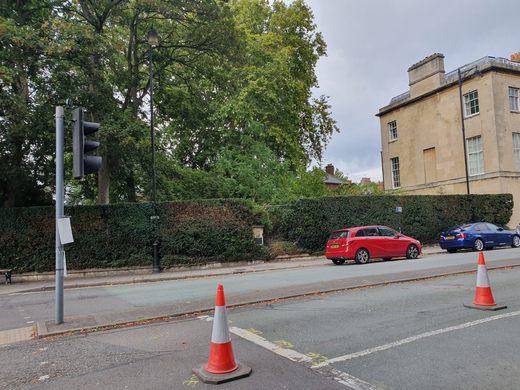
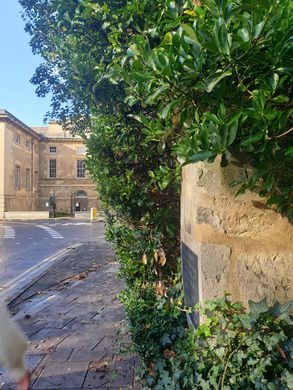
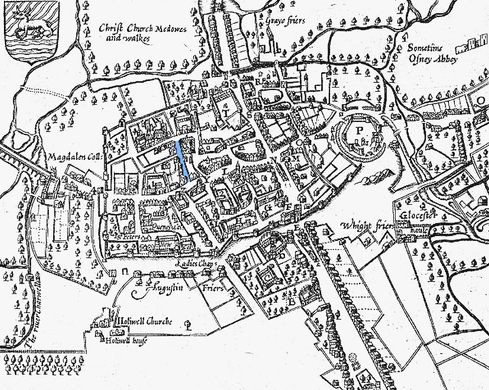
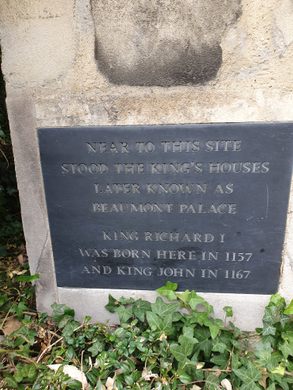
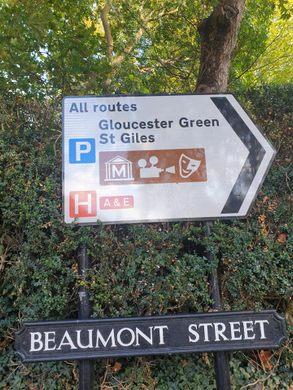



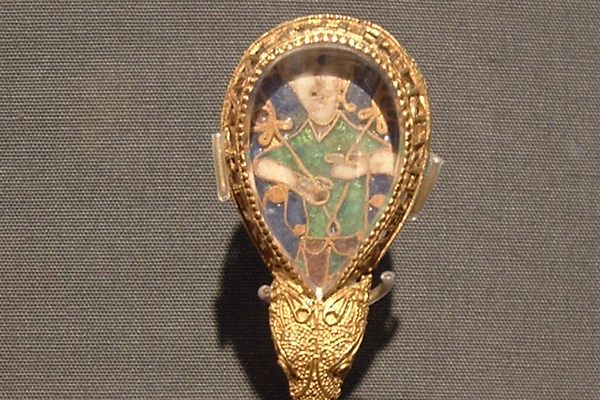



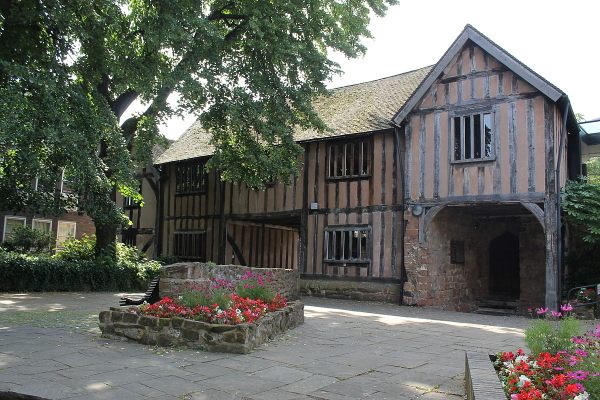

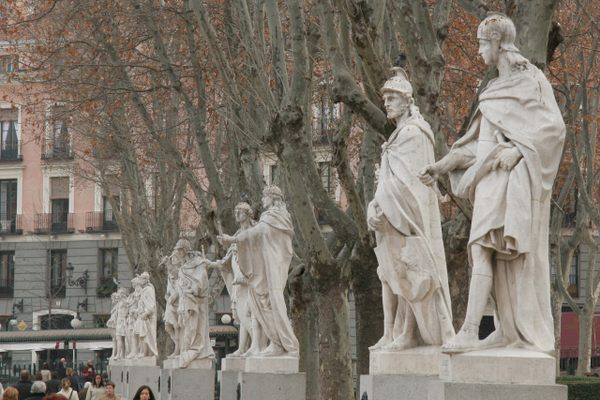


Follow us on Twitter to get the latest on the world's hidden wonders.
Like us on Facebook to get the latest on the world's hidden wonders.
Follow us on Twitter Like us on Facebook